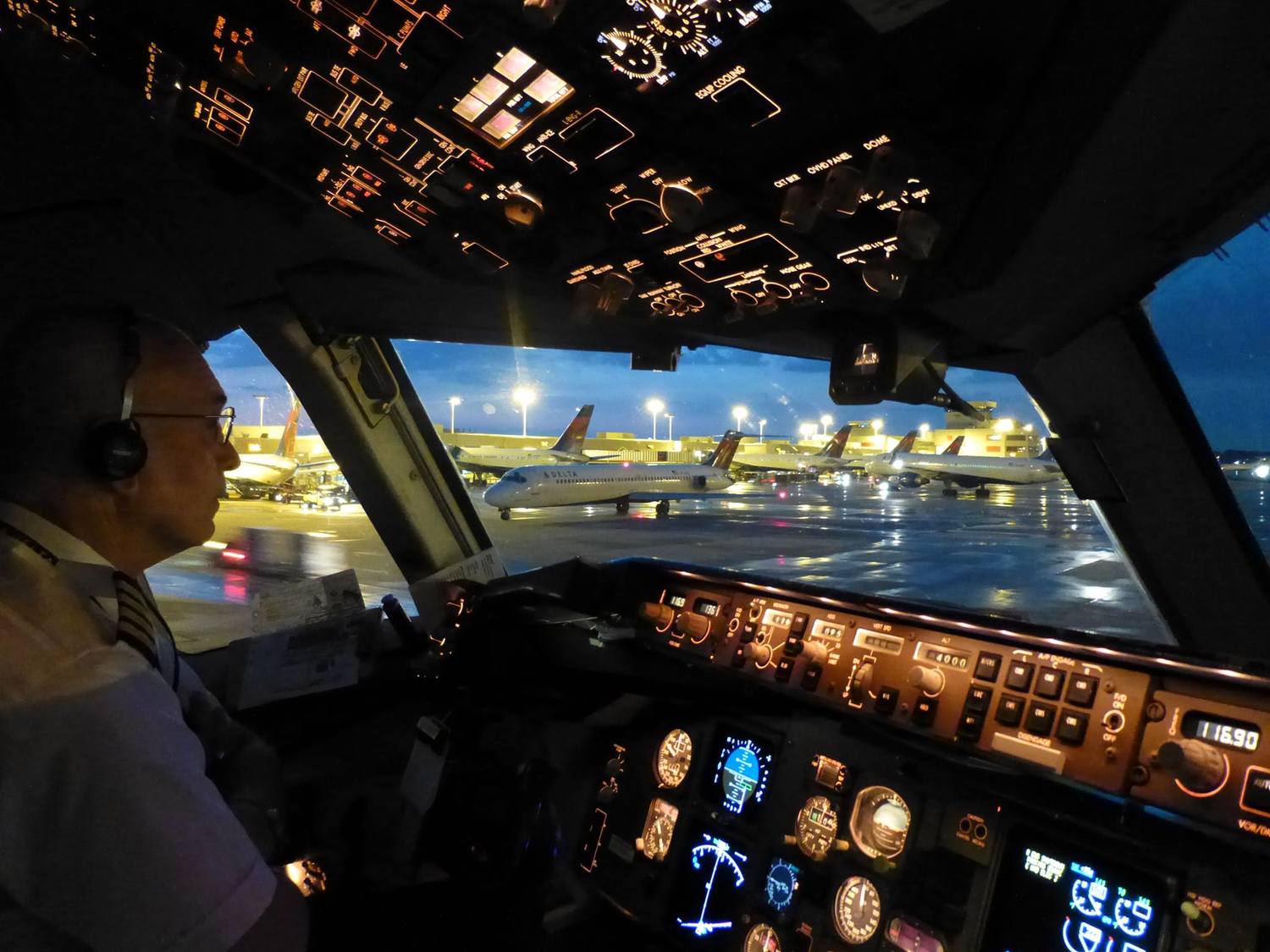Aviation technology advances during the last three decades
/“What’s it doing now?!!!” was a phrase uttered frequently by pilots when introduced to new the generation of computerized aircraft like the Boeing 757 and Airbus 320 during the 1980s. Imagine a plane that could fly itself precisely from point-to-point, automatically descend on the most fuel-efficient profile, and then land without the pilot ever having to touch the flight controls or engine throttles! What sounds blasé now was such an intimidating thought that many seasoned pilots avoided checking out in these new jets, preferring instead to fly the venerable 727 or 737 – aircraft flown more hands-on, or in aviator speak by “stick and rudder.”
Aviation technology has advanced dramatically during the last thirty years with the advent of stronger, lighter materials and the use of computerized automation. For instance, the Pratt-Whitney PW2000 series engine – installed on the Boeing 757 and Air Force C17 Globemaster – generates nearly three times the thrust that the original 727 engine did, while consuming about the same amount of fuel per hour. Likewise, composite airframe components, when used in place of heavier aluminum and steel, save airlines millions of gallons of fuel each year. Navigating by inertial reference units (IRU) and GPS allow aircraft to fly more direct (read faster and cheaper) routes. Prior to IRU and GPS, airliners relied on ground-based navigation aides while over land, or when transiting the ocean, by employing a navigator who fixed a position using the sun and stars. Fly-by-wire technology, used exclusively on modern Airbus equipment, eliminates flight control cables and mechanical fuel control systems. With fewer moving parts, these electronic features are proving to be more reliable than the ones they replaced.
Overall, commercial aviation is safer and more efficient than ever. And the advancements haven’t been limited to just airplane hardware. Savvy travelers can now surf websites like Priceline to cherry pick the best fares, check-in online, and then at the gate, perform a paperless scan of their boarding pass using a smart phone.
To answer that perplexed pilot who once asked “What’s it doing now,” I’d have to say that “it” is doing just fine, and making life better for all who step onboard an airplane.
